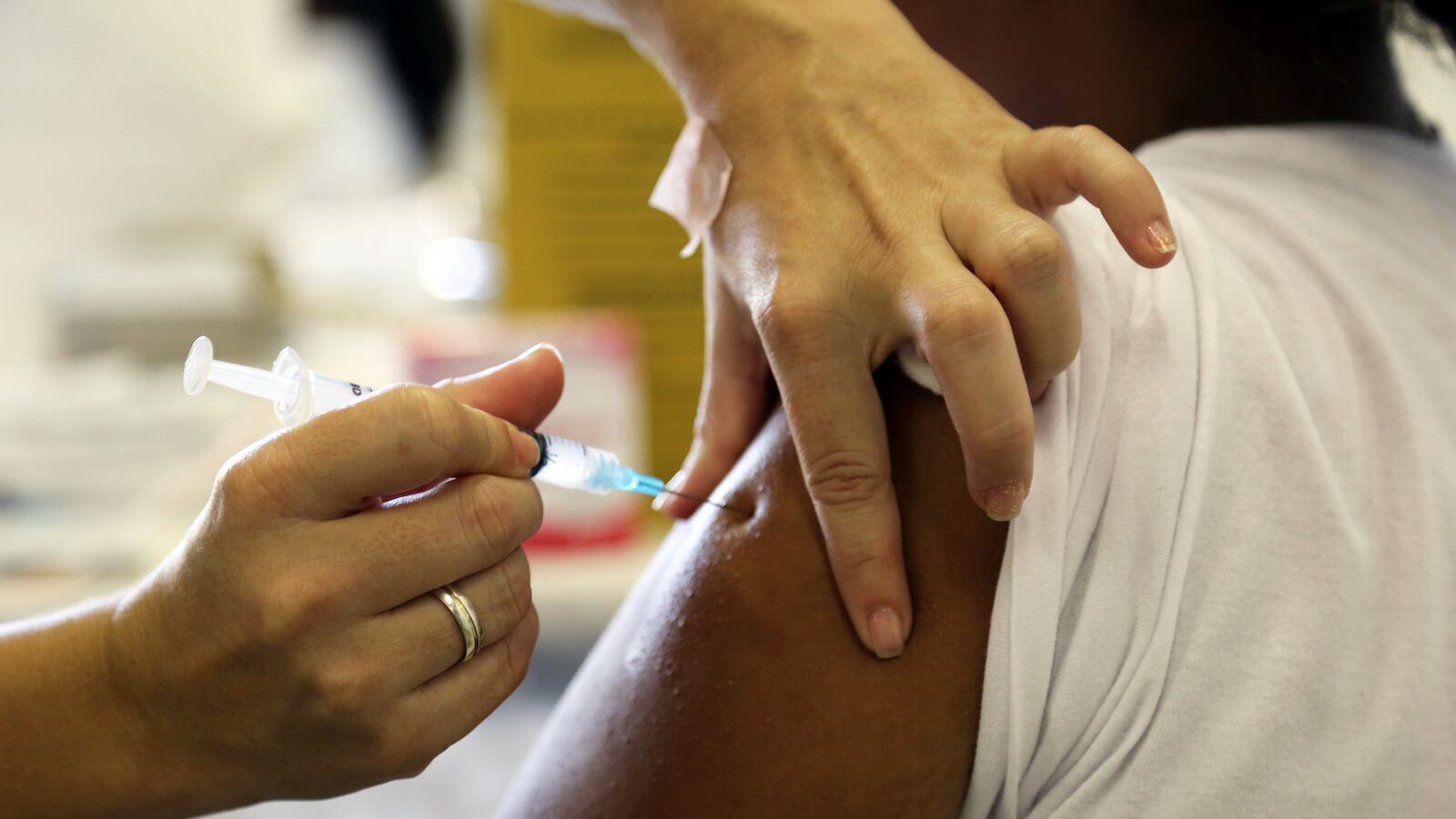A large share of parents in some Boulder, Fort Collins and Colorado Springs area schools continue to opt their children out of vaccinations, as do surprising numbers of parents in some rural districts, including Telluride, Gunnison, Salida and Cotopaxi.
The findings come from a huge new database that represents Colorado’s first effort to give parents and the public information about how many kids get — or skip — vaccinations in the state’s more than 3,300 schools, preschools and child care programs.
Public health advocates say giving parents access to immunization data helps them gauge the risk of communicable disease outbreaks and make informed choices about where to send their children for school or child care. Herd immunity — protection from disease outbreaks gained when a large majority of a population is vaccinated — usually requires immunization rates of 90-95 percent.
Colorado has long had one of the lowest kindergarten immunization rates in the country, in part because it’s relatively easy to opt kids out of shots. The state is one of 19 that allows parents to exempt children from shots for personal or philosophical reasons — though it got a bit harder last school year.
In Colorado, personal belief exemptions account for nearly 90 percent of all exemptions submitted to schools and child care providers, according to state data. Parents can also claim exemptions for religious or medical reasons.
The findings from the state’s new database follow some general patterns revealed by 2015 and 2016 immunization databases produced by Chalkbeat, which included about 1,200 schools in Colorado’s 30 largest districts. That is, high poverty schools in urban and suburban districts tend to have high immunization rates while certain schools in more affluent communities, including those with alternative models such as Waldorf or Montessori, have lower rates.
But the data also shed new light on what’s happening in schools outside the Front Range as well as in child care programs where many of the state’s youngest children — a population particularly vulnerable to communicable disease — spend their days.
Unlike Chalkbeat’s database, the state’s database also breaks out immunization and exemption rates by vaccination.
Here are some highlights from the state’s school and child care immunization data:
- 28 Colorado schools or programs — most very small — have exemption rates of 20 percent or higher, including nine private schools.
- Schools with high exemption rates can be found in a wide variety of school districts, including Poudre, St. Vrain Valley, Boulder Valley, Jeffco, Colorado Springs 11, Roaring Fork, Delta County, Moffat 2 and Montezuma-Cortez.
- Three tiny rural districts — Moffat 2, Pawnee and Hinsdale County — had the highest districtwide exemption rates in the state and four other rurals — Campo, Eads, Karval and Yuma — had exemption rates of zero.
- Among larger districts, Adams 14, Widefield, Mapleton, Denver and Douglas County had the lowest exemption rates.
- Several districts, including Holyoke, Buena Vista and Edison, had low immunization rates partly because immunization records were missing or incomplete for a portion of students.
- 30 preschool or child care programs have exemption rates of 20 percent or higher, with eight of those in Boulder, four in Denver and three each in Jefferson and El Paso counties.
- Statewide, 93 percent of 850,000 K-12 students and 92 percent of 100,500 children in preschool or licensed child care received all required vaccinations.
- Colorado students had the varicella vaccination, which protects against chicken pox, at lower rates than other required shots in 2016-17.
- 86 percent of schools and 75 percent of child care programs reported their immunization data to the state health department for the new database.
For many years, parents had no easy way to determine school immunization rates. Then in 2014, a new state law required schools to reveal immunization and exemption rates upon request.
Chalkbeat and other media outlets led the way in disseminating the data during the 2014-15 school year in the midst of a multistate measles outbreak.
In 2015, a state rule change cleared the way for the Colorado Department of Public Health and Environment to collect school immunization rates. The database published Tuesday, which allows users to search by city, school or district as well as download the data in bulk, marks the result of that inaugural effort.

